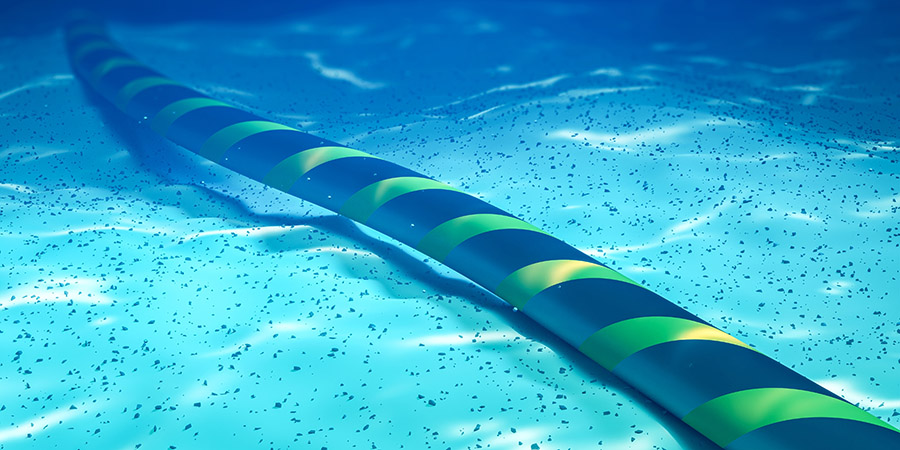Bangladesh's internet users are encountering disruptions due to a recent breakage in the country's primary source of international bandwidth, the SEA-ME-WE 5 submarine cable.
According to Mirza Kamal Ahmed, Managing Director of Bangladesh Submarine Cables PLC (BSCPLC), it will likely take two to three days to restore the connection.
International bandwidth usage in Bangladesh is now around 5,200 Gbps. More than half of it, approximately 2,700 Gbps, comes from international terrestrial cable (ITC) license holders who import bandwidth from India via land borders.
The South East Asia-Middle East-Western Europe 5 (SEA-ME-WE 5) submarine cable, installed in Kuakata, provides 1,700 Gbps.
According to Ahmed, the SEA-ME-WE 5 undersea cable broke somewhere between Singapore and Malaysia. He added that all circuits of all consortium members were shut down as a result. "So, a ship will be mobilized to repair and restore the service," he stated.
The SEA-ME-WE 5 is an extensive underwater cable network that stretches across 20,000 kilometers, connecting 17 countries through Points-of-Presence (PoP) from Singapore to the Middle East. It also extends further to France and Italy in Western Europe.
Ahmed confirmed that the cable rupture occurred on the eastern side, which connects Singapore, while the connectivity on the western side linking France remains functional. As a result, only 100 Gbps of the total 1700 Gbps bandwidth from the system will be accessible to Bangladesh.
In response, the BSCPLC is actively exploring options to restore connectivity by utilizing circuits from SEA-ME-WE 4, the nation's initial submarine cable located in Cox's Bazar.
The initial undersea cable that connected Bangladesh in 2006 presently delivers around 850 Gbps bandwidth, with its capacity recently boosted to 3,800 Gbps.
Furthermore, the BSCPLC is poised to receive 13,200 Gbps from a third undersea cable, SEA-ME-WE 6, by 2025.










